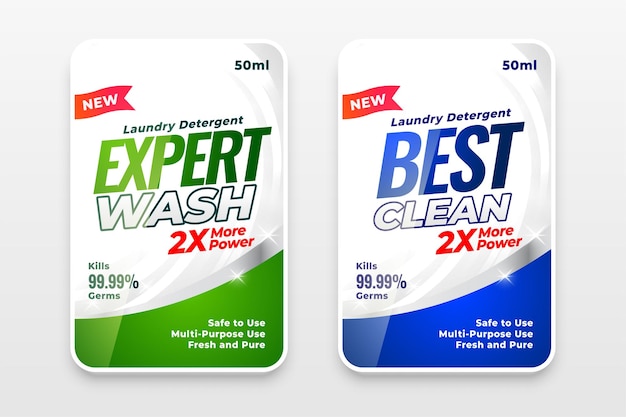
Image Source: FreeImages
Tough Grease Stains
Grease stains can be a common and frustrating problem in our daily lives. Whether it’s on your favorite shirt, your kitchen countertops, or your car seats, grease stains can be stubborn and difficult to remove. But fear not! In this article, I will share with you expert tips on how to remove stubborn grease stains like a pro.
Understanding the Different Types of Grease Stains
Before we dive into the methods of removing grease stains, it’s essential to understand the different types of grease stains you might encounter. There are two main categories: oil-based grease stains and food-based grease stains. Oil-based grease stains, such as motor oil or lubricants, are typically more challenging to remove. On the other hand, food-based grease stains, like cooking oil or butter, are more common but relatively easier to tackle.
Preparing to Remove Grease Stains
Before you start removing grease stains, it’s crucial to prepare the affected area properly. Begin by blotting the stain with a clean cloth or paper towel to absorb any excess grease. Avoid rubbing the stain, as this can push the grease deeper into the fabric or surface. Next, check the care label of the stained item to ensure you are using the appropriate cleaning method. It’s also a good idea to test any cleaning solution on a small, inconspicuous area to avoid any potential damage or discoloration.
Common Household Items for Grease Stain Removal
You’ll be surprised to know that you don’t always need expensive cleaning products to remove grease stains. Many common household items can be highly effective in tackling these stubborn stains. For oil-based grease stains, try using dishwashing liquid or laundry detergent. For food-based grease stains, baking soda, white vinegar, or lemon juice can work wonders. These everyday items are not only readily available but also gentler on your fabrics and surfaces.
Step-by-Step Guide to Removing Grease Stains
Now that you’re armed with the knowledge of different grease stains and have your cleaning arsenal ready, let’s dive into the step-by-step guide to removing grease stains.
- Blot the stain: Start by blotting the grease stain with a clean cloth or paper towel to remove any excess grease.
- Apply cleaning solution: Depending on the type of grease stain, apply an appropriate cleaning solution such as dishwashing liquid for oil-based stains or baking soda paste for food-based stains.
- Gently scrub: Using a soft brush or sponge, gently scrub the stained area in a circular motion. Be careful not to scrub too vigorously, as this can damage delicate fabrics or surfaces.
- Rinse thoroughly: Rinse the area with warm water to remove the cleaning solution and any residue.
- Repeat if necessary: For stubborn stains, you may need to repeat the process or try an alternative method.
Tips for Tackling Stubborn Grease Stains
Sometimes, even with the best efforts, stubborn grease stains may remain. Here are some additional tips to help you tackle those particularly stubborn stains:
- Pre-treat with vinegar: Before applying your regular cleaning solution, pre-treat the stain with white vinegar. Let it sit for a few minutes before proceeding with the cleaning process.
- Use a grease-fighting dish soap: Look for dish soaps specifically designed to cut through grease. These can be more effective in removing stubborn stains.
- Try an enzyme cleaner: Enzyme cleaners are designed to break down organic stains, including grease. Apply the enzyme cleaner to the stain and let it sit for the recommended time before washing or rinsing.
Alternative Methods for Grease Stain Removal
If the traditional methods don’t work or you prefer to try alternative approaches, here are a few more methods you can experiment with:
- Cornstarch or baby powder: Sprinkle cornstarch or baby powder on the grease stain and let it sit for a few hours to absorb the grease. Brush off the powder and rinse the area.
- WD-40: WD-40 is known for its lubricating properties, but it can also be effective in removing grease stains. Spray a small amount on the stained area, let it sit for a few minutes, and then wash as usual.
- Chalk: Rub white chalk over the grease stain, let it sit for a few minutes, and then brush it off. Repeat if necessary.
Preventing Future Grease Stains
Prevention is always better than cure, so here are a few tips to help you avoid future grease stains:
- Cook with care: Be mindful when cooking to avoid spills and splatters. Use splatter guards and keep a clean cooking area.
- Treat stains immediately: The sooner you tackle a grease stain, the easier it will be to remove. Act quickly and follow the appropriate cleaning method.
- Protect surfaces: Use protective mats or covers on surfaces prone to grease stains, such as countertops or car seats.
Professional Grease Stain Removal Services
If all else fails or you simply prefer to leave it to the professionals, consider hiring a professional grease stain removal service. These experts have specialized knowledge, tools, and products to tackle even the most stubborn grease stains. They can save you time, effort, and potentially prevent any damage to your fabrics or surfaces.
Conclusion
Removing stubborn grease stains doesn’t have to be a daunting task. With the right knowledge, preparation, and cleaning methods, you can tackle grease stains like a pro. Remember to always test any cleaning solution on a small area before applying it to the entire stain, and be patient as some stains may require multiple attempts. By following these expert tips, you’ll be able to say goodbye to those pesky grease stains and keep your fabrics and surfaces looking clean and fresh.
Ready to tackle those stubborn grease stains? Put these expert tips into action and say goodbye to grease stains for good. Don’t forget to share your success stories and additional tips in the comments below!